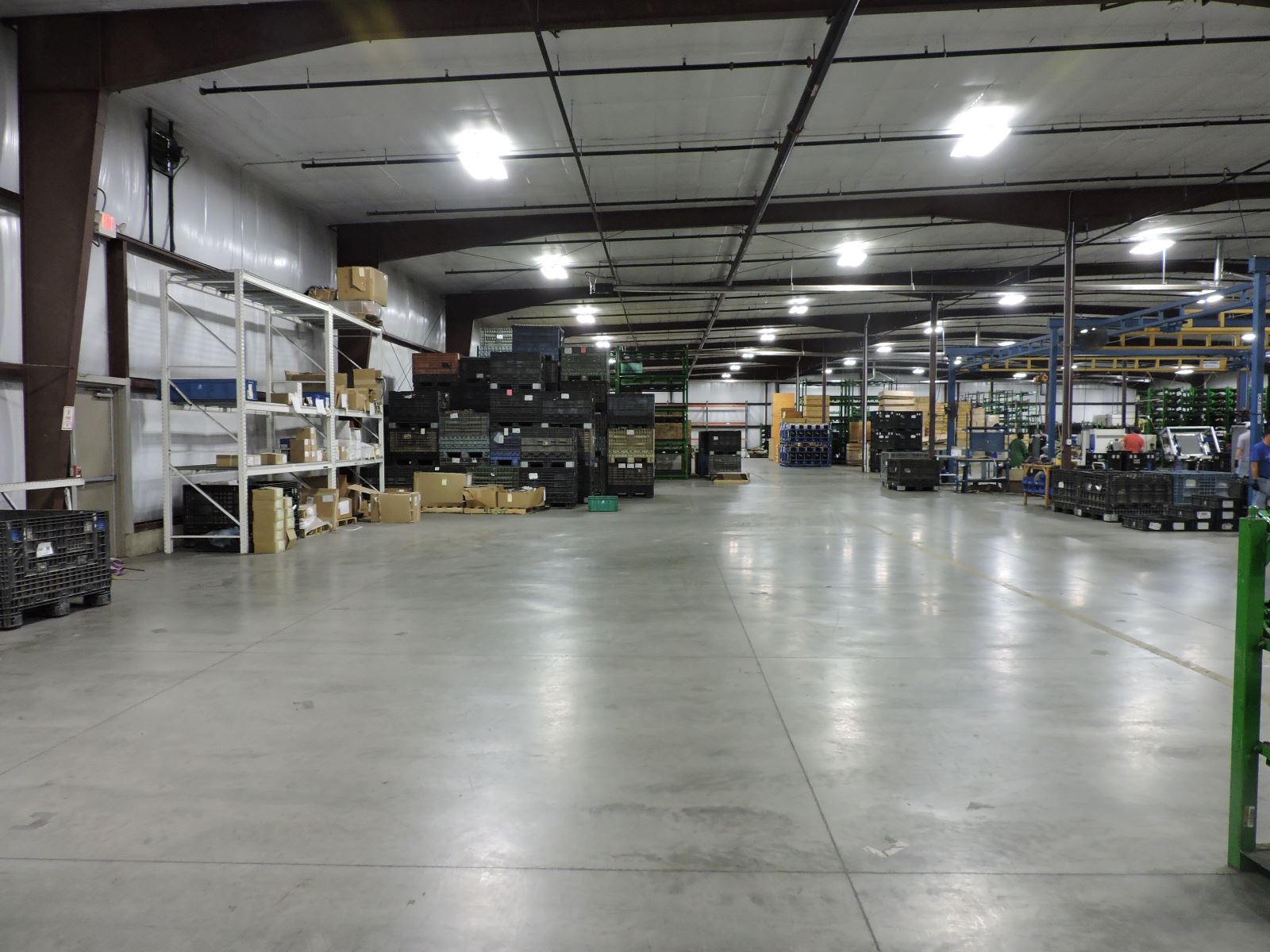Global trade growth continued to be slow for the fifth consecutive year, with 2016 showing the weakest trade performance since the 2008-2009 global financial crisis. According to a new paper, preliminary data suggest that world merchandise trade grew by a little more than 1% in 2016 compared to 2% in 2015 and 2.7% in 2014.
Nevertheless, the growth of services trade continued to be relatively resilient and recovered slightly following a decline in 2015, worldbank.org reported.
While in previous years the sluggishness in trade growth had been concentrated in either high-income or developing countries, the weak trade growth seen in 2016 was characteristic of both types of economies.
The latest annual paper, Global Trade Watch: Trade Developments in 2016, released on Tuesday, points to a surge in economic policy uncertainty as a contributor to the 2016 decline in world trade growth.
The paper, which analyzed a broad sample of 18 countries over 30 years, found that the increase in uncertainty in 2016 may have reduced trade growth by 0.6 percentage points, which accounts for about 75% of the difference between trade growth rates in 2015 and 2016.
“Policy uncertainty in Europe and the United States had a negative impact on trade by reducing overall global growth,” according to the paper’s authors, World Bank Group Economists Cristina Constantinescu, Aaditya Mattoo and Michele Ruta.
“In a more uncertain environment, firms may choose to postpone investment and export decisions and consumers may cut back spending. The threat of unraveling trade agreements may also hurt trade growth by adding to policy uncertainty”.
New Evidence
The paper also offers new evidence linking slowing trade growth to slowing productivity growth.
Sluggish trade reflected the stagnation of global value chains, which diminished the scope for productivity growth through a more-efficient international division of labor and diffusion of technologies.
“We are witnessing a decline in the growth of trade as well as productivity, and the slowing expansion of global value chains can help explain both,” the authors said.
The trajectory of trade growth in 2016 reflects a number of structural determinants. These include a maturing of GVCs and a slower pace of trade liberalization. Some cyclical factors, notably slow global growth and low commodity prices also contributed. Policy uncertainty may have added to the worsening of trade sluggishness in 2016.
“The trade slowdown may also help to explain part of the productivity slowdown in so far as it is attributable to the stagnation of GVCs,” according to the report. “The slower pace of GVC expansion could be diminishing the scope for productivity growth through a more efficient international division of labor and diffusion of technologies.”
The report uses manufacturing data by country and year to show a link between labor productivity and global value chains. An analysis that covers 13 sectors in 40 countries over 15 years found that participation in global value chains is a significant driver of labor productivity.
GVCs Boost Productivity Growth
World trade grew at about 3% per year from 2012-2016, lower than the pre-crisis average of 7% per year for 1994-2008. Productivity growth also declined to 1% per year post-crisis from an average of 2% during 1994-2008.
If the development of GVCs is considered over approximately the same period, data point to a stalled growth in vertical specialization since 2011 while world GVC participation was increasing throughout the 2000s.
The report further investigates whether these changes in vertical specialization, as revealed in GVCs, explain the current productivity slowdown. While there are many factors that determine the rate of productivity growth, the evidence found suggests that the slower pace of GVC expansion is contributing to the slower world productivity growth.
The rise of GVCs was facilitated by the deepening of trade agreements that reduced trade costs and provided the institutional infrastructure for smooth cross-border functioning. Preserving and expanding the reach of trade agreements will help to sustain productivity growth.


